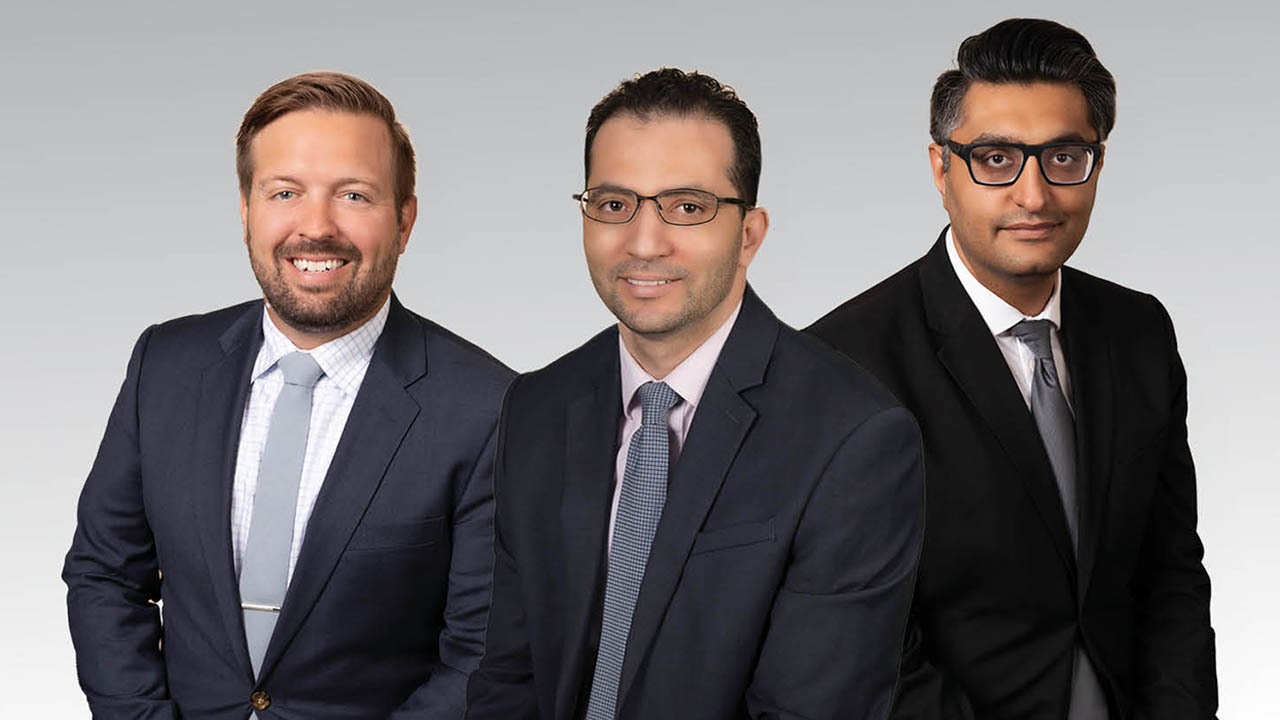Now offering patients faster lung cancer diagnosis and treatment with robotic technology
February 17, 2025


Media Contact
Media Contact
Ion® Technology offers less invasive, more precise access to all 18 segments of lung
GREEN BAY, Wis. - Time matters – especially when you or a loved one is waiting for the results of a lung cancer biopsy.
HSHS St. Mary’s Hospital Medical Center and Prevea Health are now offering leading-edge technology for lung cancer biopsies with the Ion® endoluminal system. The robotic-assisted procedure can reduce or even eliminate the need for more-invasive lung cancer biopsies or even surgery to determine a cancer diagnosis and subsequent treatment.
The result: A faster diagnosis and treatment plan, which can lead to a better survival rate for patients.
According to the American Cancer Society, 44% of lung cancer cases are not caught until a late stage when the five-year survival rate is only 8%. If the cancer is caught in an early stage, the survival rate jumps to 63%.
“Our respiratory care teams now have access to some of the most advanced robotic technology used to detect lung cancer in our patients. Through our investment in this lung screening technology, we can offer the very best clinical tools and lung cancer care solutions for our physicians and patients,” said Leah Bergstrom, Chief Administrative Officer at HSHS St. Mary’s Hospital Medical Center. “At St. Mary’s we continue to strive to be market leaders in specialty areas such as pulmonary medicine. To provide the highest quality and compassionate care to those we serve means that we have to continually make advancements in the technology we utilize – and we’re excited to do just that.”
The key to the new system is an extremely thin, maneuverable catheter that allows pulmonologists easier and pinpointed access to suspicious nodules in deep lung tissue detected by an initial lung cancer CT scan.
Dr. Fazal Raziq, a Prevea critical care and pulmonary medicine physician who practices at HSHS St. Mary’s Hospital Medical Center, said the Ion® system outperforms a traditional bronchoscopy because of its access to all 18 segments of the lung.
“The catheter’s ability to move 180 degrees in any direction and maneuver into hard-to-reach areas of the lung during an initial biopsy is a game-changer,” said Dr. Raziq. “This can decrease diagnosis time, allowing me to develop and implement a course of treatment more quickly for a patient if the biopsy indicates cancer.”

Prevea Pulmonary Medicine physicians currently utilizing the Ion endoluminal system. From left to right: Drs. Jeremy Renz, Musab Nusrat, and Fazal Raziq.
Dr. Raziq noted that pulmonologists at the University of Michigan Health-West who analyzed 399 cases using the Ion® system from 2020 to 2023 found a diagnostic accuracy of 92%. Additionally, there was a nearly 23% increase in the percentage of early lung cancer diagnoses.
Plus, the technology is less invasive than a traditional bronchoscopy, making the procedure easier on patients.
“Patients experience less discomfort, and recovery time is reduced,” Dr. Raziq said.
Individuals whose lung cancer CT scans have indicated suspicious areas should talk with their doctor about the Ion® endoluminal system as the next step in their journey to improved lung health.
###
About Hospital Sisters Health System (HSHS)
HSHS St. Mary’s Hospital Medical Center is part of Hospital Sisters Health System (HSHS), a Catholic health care ministry founded in 1875. Dedicated to our Mission to reveal and embody Christ’s healing love for all people through high-quality Franciscan health care, HSHS clinicians provide exceptional care centered on the whole person. Based in Springfield, Illinois, HSHS employs nearly 11,000 colleagues who provide care in 13 acute-care, children’s and critical-access hospitals and home health and hospice programs in Central and Southern Illinois and Eastern Wisconsin. HSHS is aligned with more than 1,000 primary and specialty physicians and advanced practitioners through its owned affiliates HSHS Medical Group and Prairie Cardiovascular and its partnership with Prevea Health. For more information about HSHS, visit hshs.org.
About Prevea Health
Prevea Health is a community of passionate and accomplished physicians, caregivers and staff working together to provide exceptional health care. Patients have trusted Prevea with their medical care needs since 1996 when the organization was founded in Green Bay, Wis. Today, Prevea provides primary care and a wide range of specialty medical care in clinic, hospital, and workplace settings across Northeast Wisconsin. It is partnered with Hospital Sisters Health System (HSHS) which operates hospitals in Wisconsin. For more information about Prevea Health, visit www.prevea.com.